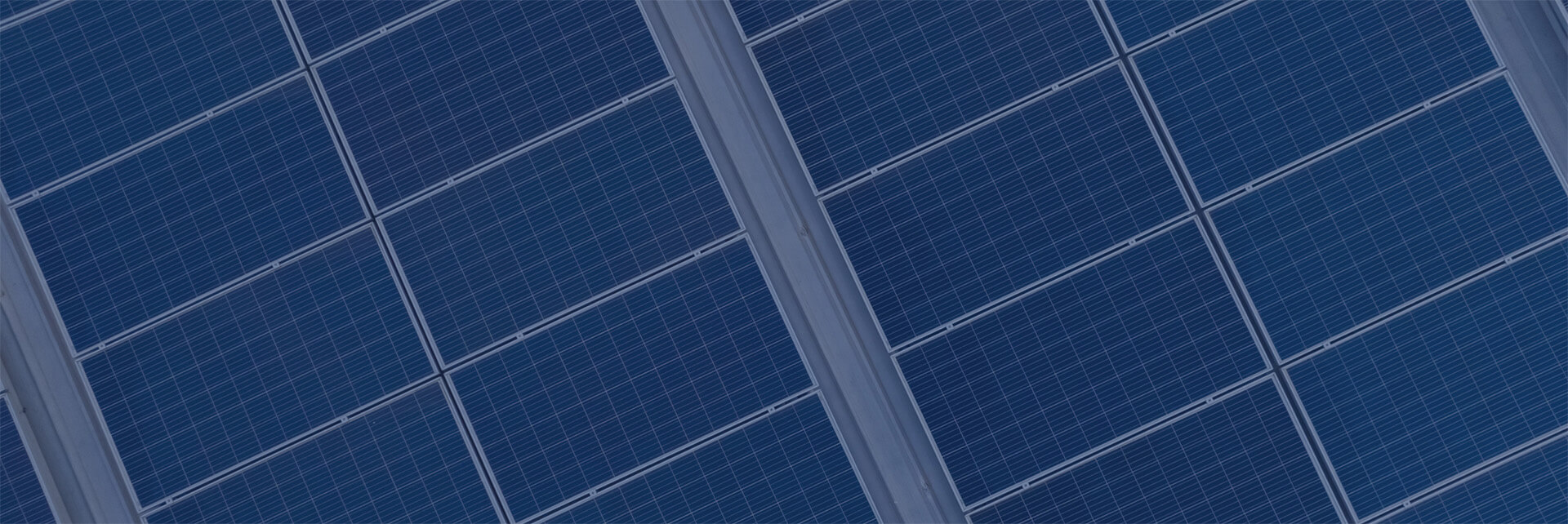Hey, what’s going on? My system isn’t generating! Why not?
This happens from time to time and it can be especially frustrating when people are new to their systems. Many minor hiccups can be easily rectified. Here are some tips to diagnose and correct problems and to help decide if it’s time to call in reinforcements.
Early morning / late evening – Outside of the main sunny part of the day your inverter(s) will be ‘asleep’, waiting for morning. As the sun is rising or setting the inverter may wake up, check the sun conditions, decide there isn’t enough sunlight, and go back to sleep. Be sure to check operation during the day, when the sun is up and clearly shining on the solar array.
Snow cover – An array completely covered in snow will produce no power and the inverters will be ‘asleep’, waiting for ‘morning’ when the sun returns.
Monitoring is down – Are the inverters actually not generating, or is your monitoring system simply not reporting correctly? Communications issues with monitoring systems are one of the most common problems and often relate to local network changes like a new router, new wifi settings or password, etc.
Check the inverter display or warning lights – Any unusual lights or messages? Note them down or take a picture. An error light or message from the inverter is invaluable for quick diagnosis. A blank screen and no indicator lights is also useful information. Some errors, like arc faults, need a system reset. Try turning inverter off and on again using AC and DC input disconnects or check your inverter manual for specific reset instructions.

Check all inverters – If you have multiple inverters, are they all exhibiting the same behaviour? If some are alive and others are not, the problem will require some more in-depth investigation.
Check your monitoring – Almost all all grid tie inverters come with internet monitoring of some sort. Yours may or may not have it installed, but if so go online to see when it stopped operating and if there are any error messages that may be relevant. If you have monitoring set up to send email notifications check your spam folder in case the notifications are going there. These notifications and error messages can be very valuable for determining the source of problems.

Check the system disconnect – Often labelled DG , Utility, or LDC Disconnect, this is the main switch between your solar energy system and the grid. The handle should be in the ON position; If it has been turned off, your system will be down.
Other AC disconnect points – Your system may have other switches or breakers between the DG Disconnect and the inverters. Turn any related breakers or switches OFF then ON again.
AC Fuses – Your DG Disconnect or other switches may contain fuses. These may be blown. DO NOT TRY TO TEST OR REPLACE THESE YOURSELF. This is a job for a qualified service technician. Blown fuses may indicate more severe problems.
DC Disconnect – Your inverter should have a switch either on the bottom, front, or beside as a separate box. This switch will disconnect the solar array from the inverter. Ensure the switch is in the ON or CLOSED position.
DC Fuses – Your system may have DC fuses located inside the inverter and/or inside a separate PV combiner box. This combiner box would be located near the solar array and could be on a wall, on the roof, or at a ground mounted array. Inspecting these fuses is best left to a qualified service technician.

Rapid Shutdown – Some systems have a separate Rapid Shutdown Switch that will turn off the solar array, potentially causing the inverter to turn off. Make sure this switch is not engaged. Beware of polarity and definitions: if it’s a traditional disconnect switch, like the system disconnect, above, it should be ON or Closed with the handle UP. If it’s a push-button the button should be OUT. This may require a twist to get it to pop out.

Lightning – Inverters can be damaged by lightning. Sometimes lightning damage comes through the ground and can be caused by lightning strikes far away. Lightning protection devices, called ‘surge suppressors’, will reduce the potential impact of lightning but cannot eliminate the risk of damage. Some surge suppressors have indicator lights – if the lights are ON the device should be good. If the lights are OFF it indicates that the device needs to be replaced and there may be lightning damage.
If none of these tips help out it’s time to call in a qualified service technician to get to the bottom of the problem. He/she will have the skills, experience, and tools to identify and repair any faults and get your system back up and running.
